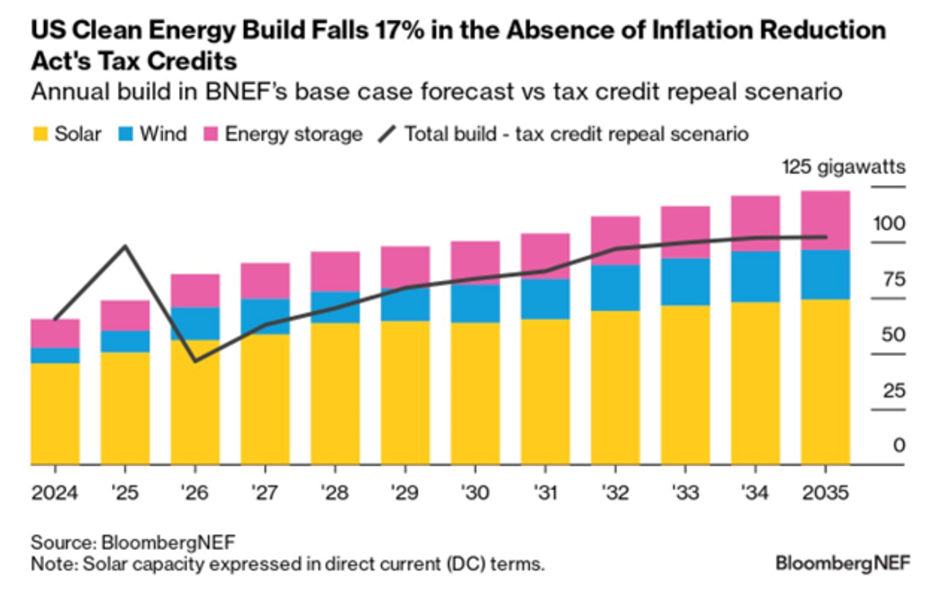Has the European plastics industry’s current operations model become a riskier investment
- Gabriel Thoumi

- 2022年6月14日
- 讀畢需時 3 分鐘
June 15, 2022
According to the latest report published by the financial thinktank Planet Tracker and co-authored by Gabriel Thoumi, CEO of Responsible Alpha, the answer is a resounding yes.
Workers, fence-line communities, and investors must collaborate and collectively engage regulators and corporate directors to transition their industry to a low-carbon, sustainable, and equitable future that produces the sustainable plastics products our economy wants.
The EU plastics sector provides critical career opportunities and knock-on effects for the local economy. For instance, the Trilateral Chemical region, which comprises petrochemical factory clusters in Belgium, the Netherlands, and western Germany, employs more than 350,000 people. The sector employs 94,000 people and 220,000 indirectly at more than 700 companies in Belgium alone. Moreover, the region has the highest per-capital petrochemical sales globally at an average EUR 3,600.
This report identifies the companies responsible for 75 percent of capacity across the EU plastic production supply chain operates within the Trilateral Chemical Region and accounts for 45 percent of total EU27 plastic production capacity. However, it is here in the petrochemical clusters of Belgium, Netherlands, and western Germany where pressure is mounting, and that is where change must start.
Yet, tens of thousands of jobs hang in the balance as the sector experienced minimal growth over the previous decade, ceding market share to rising competitors. China, for example, increased its market share of chemical production from 26 percent to 41 percent between 2010 and the end of 2019. At the same time, the EU petrochemical industry lacks a uniform vision of a wholesale transition to a sustainable plastics industry.
The reality is without a framework for a sustainability-driven transition, this sector risks stranding many of its assets and thus the livelihoods of numerous European households.
EU plastics specialists agree that this transition is possible now. The CEFIC (European Chemical Industry Council) has collaborated to produce EU roadmaps for a quick change to a sustainable plastics industry, as shown below (see image).

Source: Breaking the Mould
The process outlined in the image reveals a steady and achievable path to a more efficient and sustainable plastics complex in the EU27. Improving current technologies, investing in emergent ones, and systematically scaling both are possible. The only missing ingredient is will.
Still, this proposed outline is one that other regional plastics industries should follow closely and implement promptly.
As Thoumi notes, “The increasing public awareness of and intolerance for the sector’s contributions to climate change, pollution, and negative health outcomes will pressure governments and regulators to implement policies that mitigate the worst aspects of chemical and plastics production.”
How can the financial sector participate in the transition?
Investors can play a vital role in this transition.
Eighty-seven publicly traded European companies make up 75 percent of the plastics production capacity across the supply chain, with the largest cluster in the Trilateral Chemical Region. Just 40 banks, brokers, insurers, and asset managers provide financing for those firms.
Thoumi, who co-authored the Planet Tracker report, observes, “Much more can be done to aid these firms in their transition to sustainable plastics production and distribution. Currently, less than one percent of corporate bonds and loans are green. In addition, only nine resolutions calling for implementing sustainability practices have been introduced at annual shareholder meetings in the last five years.”
Investors must ask executives how they account for the market’s evolution, the looming changes in the regulatory landscape, the material impact of their operations, and how such externalities will affect their bottom line.
Anything less lets the world move closer to the brink of irreversible climate change. For example, the EU27s plastic industry’s current supply chain emitted an estimated 178 million mtCO2e in 2018.
Suppose emissions continue to increase as they have over the past decade. In that case, plastic lifecycle emissions from production to incineration could reach 2.75 gigatons CO2e annually, or 56 gigatons total by 2050, equaling 13 percent of the remaining carbon budget within the 1.5°C scenario by 2050.
The time for collective action is now.









留言